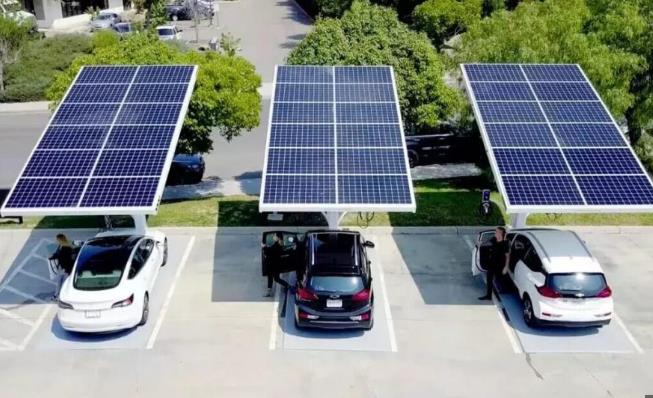What Is the Failure Rate of Solar Panels?
Solar panels have emerged as a cornerstone of renewable energy, providing an eco-friendly alternative to fossil fuels. However, like all technologies, they are not immune to failure. Understanding the failure rate of solar panels is crucial for assessing their reliability and longevity. This article dives into the data surrounding solar panel failure rates, highlighting the resilience of modern photovoltaic (PV) technology.

Defining Solar Panel Failure
Solar panel failure can manifest in various forms, ranging from a complete loss of function to a gradual decrease in energy output. Common causes of failure include manufacturing defects, environmental damage (such as from hail or extreme temperatures), and wear and tear over time.
Manufacturing Quality and Warranty
High Manufacturing Standards: Advances in manufacturing technology have significantly reduced the incidence of defects in solar panels. Most reputable manufacturers now boast failure rates as low as 0.05% (or 5 out of every 10,000 panels).
Warranty Coverage: Most solar panels come with a warranty that covers performance for 25 to 30 years, guaranteeing that the panels will produce at least 80-90% of their initial output by the end of the warranty period. This confidence reflects the low failure rates observed in real-world applications.
Long-Term Reliability Studies
Decades of Data: Long-term studies and field data have shown that solar panels are remarkably reliable over their expected lifespans. A comprehensive study by the National Renewable Energy Laboratory (NREL) found that the median failure rate of solar panels is less than 0.5% per year.
Degradation Rate: Solar panels naturally lose efficiency over time, with an average annual degradation rate of about 0.5% to 0.8%. This gradual decline is considered normal and is accounted for in the panel's warranty and performance guarantees.
Environmental Factors
Weather Resilience: Modern solar panels are designed to withstand harsh environmental conditions, including heavy snow, high winds, and temperature extremes. Failures due to weather-related damage are relatively rare, thanks in part to stringent testing and certification standards such as those set by the International Electrotechnical Commission (IEC).
Physical Damage: While solar panels are durable, they can still be damaged by severe impacts (e.g., from large hailstones) or improper handling during installation. Such instances are outliers rather than indicative of the general reliability of solar technology.
Improving Technology and Maintenance
Technological Advancements: The ongoing improvement in solar panel technology and manufacturing processes continues to lower the risk of failure. Innovations in materials and design contribute to panels that are more efficient and durable.
Regular Maintenance: Proper installation and routine maintenance can further minimize the risk of failure. Simple steps like keeping panels clean and inspecting them for damage can help maintain optimal performance.
Solar Panel Failure Rate: Conclusion
The failure rate of solar panels is impressively low, reflecting the maturity and reliability of solar technology. With proper manufacturing, installation, and maintenance, solar panels are a dependable source of clean energy. Their long lifespans, coupled with protective warranties, make them a sound investment for those looking to reduce their environmental footprint and energy costs. As technology advances, the already low failure rates are expected to decrease further, solidifying solar energy's role in the global transition to renewable sources.